Introduction to Wet and Dry Vacuum Cleaners
The world of cleaning tools is ever-evolving, and the wet and dry vacuum cleaner stands out as an adaptable appliance. Often referred to as a shop vac, this device is no ordinary cleaner; it’s designed to handle both liquid spills and dry debris, making cleanup tasks significantly easier.
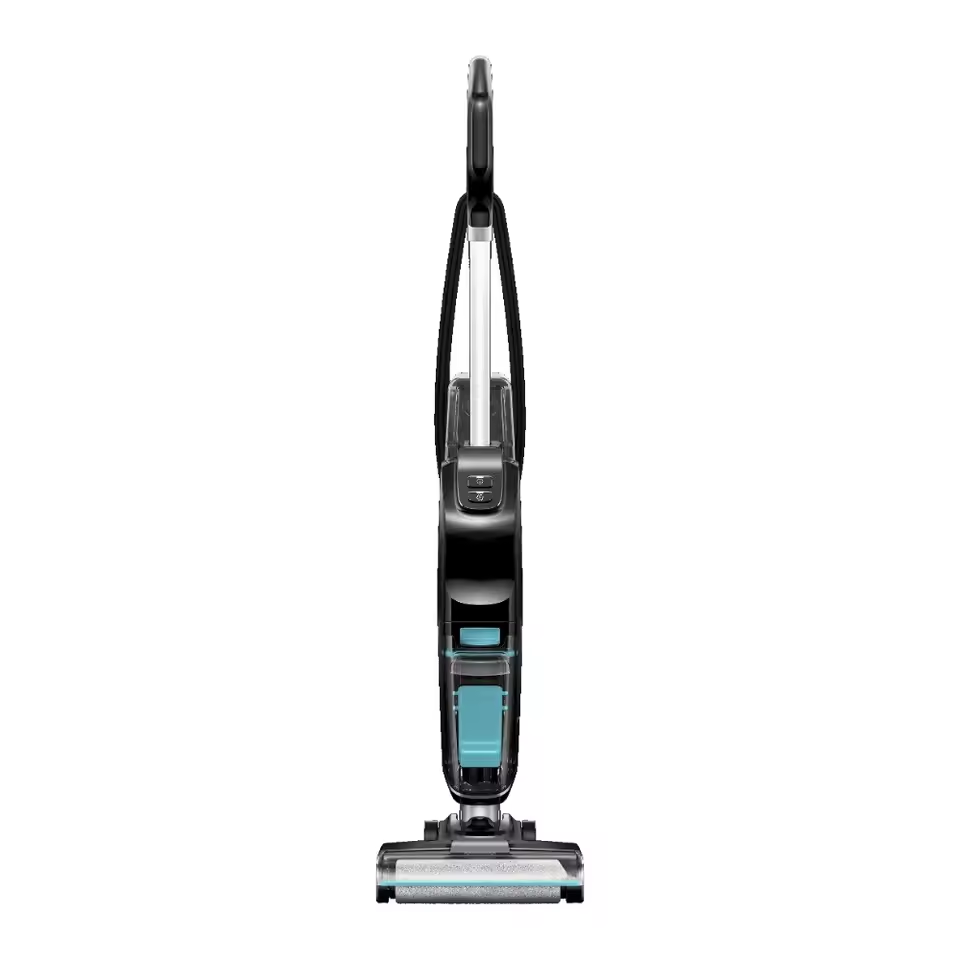
A wet and dry vacuum cleaner is a versatile unit that has revolutionized the way we tackle messes. It combines powerful suction with specialized filters that can deal with dirt and moisture without damaging the machine. Whether in a home, workshop, or business setting, these vacuum cleaners can handle a wide array of cleaning challenges, from dusty floors to waterlogged basements.
Understanding what a wet and dry vacuum cleaner is and how it differs from regular vacuums is crucial. Essentially, it’s a multipurpose tool that earns its name from its dual-functionality. Regular vacuums are limited to dry tasks, whereas wet and dry machines can absorb liquids without a hitch. Thanks to their unique design, they provide a one-stop solution for cleaning up a variety of spills and dirt types.
In the upcoming sections, we will delve into the design and technology that enable these cleaners to perform so effectively. We’ll also highlight key features, discuss the benefits of using them in various environments, and guide you on choosing the right model for your needs. Plus, we’ll share maintenance tips to keep your vacuum running smoothly and offer safety pointers to ensure a risk-free operation.
The Design and Technology Behind Wet and Dry Vacuums
The success of wet and dry vacuum cleaners lies in their unique design and sophisticated technology. Let’s break down the components that set these dynamic tools apart.
First, a high-powered motor provides the strong suction needed for wet and dry materials. Unlike regular vacuums, these motors are built to withstand the rigors of both liquid and solid waste, ensuring longevity and reliable performance.
Next, we have the filter system. Wet and dry vacuums use specially designed filters that can trap fine particles like dust while also coping with moisture. Some models even feature replaceable or washable filters for convenience and cost-efficiency.
Furthermore, the drum or collection bin is made of durable materials, typically plastic or stainless steel, to resist corrosion and damage from wet waste. The capacity of these bins is also larger than standard vacuums, allowing for extensive cleaning without constant emptying.
Another key element is the float valve. This crucial piece prevents water from reaching critical areas of the vacuum when handling liquids. It shuts off the airflow once the collection bin reaches its maximum liquid capacity, safeguarding the motor from potential damage.
Lastly, these vacuum cleaners are equipped with robust, often kink-resistant hoses and a variety of attachments that can handle anything from sopping wet floors to fine powders. The versatility provided by these accessories ensures that you can effectively clean a wide range of surfaces and debris types.
Through these innovative features and robust construction, wet and dry vacuum cleaners not only serve dual purposes but also bring efficiency and effectiveness to cleaning routines. As we continue, we’ll explore the standout features that distinguish these machines further.
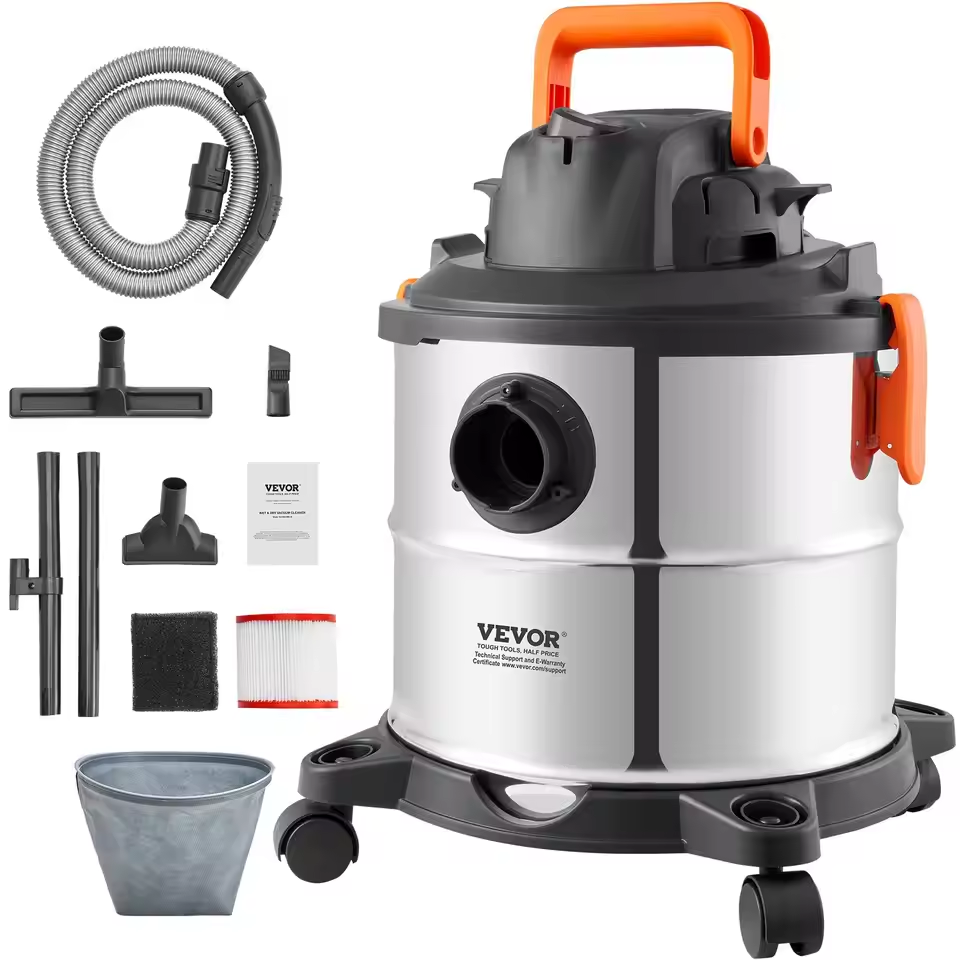 Key Features of Wet and Dry Vacuum Cleaners
Key Features of Wet and Dry Vacuum Cleaners
When shopping for a wet and dry vacuum cleaner, consider these key features that set them apart from traditional models.
Powerful Suction: One of the primary attributes is their impressive suction capability. They remove heavy debris and liquids quickly and efficiently.
Dual-Function Filter System: Their filters handle both dry dust and wet spills without compromising performance or needing frequent changes.
Large Capacity Bins: These vacuums have spacious drums, meaning less frequent emptying and more continuous cleaning time.
Sturdy Build: Made with high-quality materials, they are durable enough to withstand the demands of different types of waste.
Float Valve Mechanism: A safety feature that automatically stops liquid intake when the maximum capacity is reached, protecting the motor.
Varied Accessories: They come with an assortment of attachments, ready for various cleaning tasks from upholstery to hard-to-reach corners.
Portability: Many models include wheels and carry handles for easy movement across different surface types.
These defining features of wet and dry vacuum cleaners make them versatile and valuable for both home and business use. As you evaluate the myriad options on the market, keep these characteristics in mind to find a vacuum that truly meets your cleaning requirements.
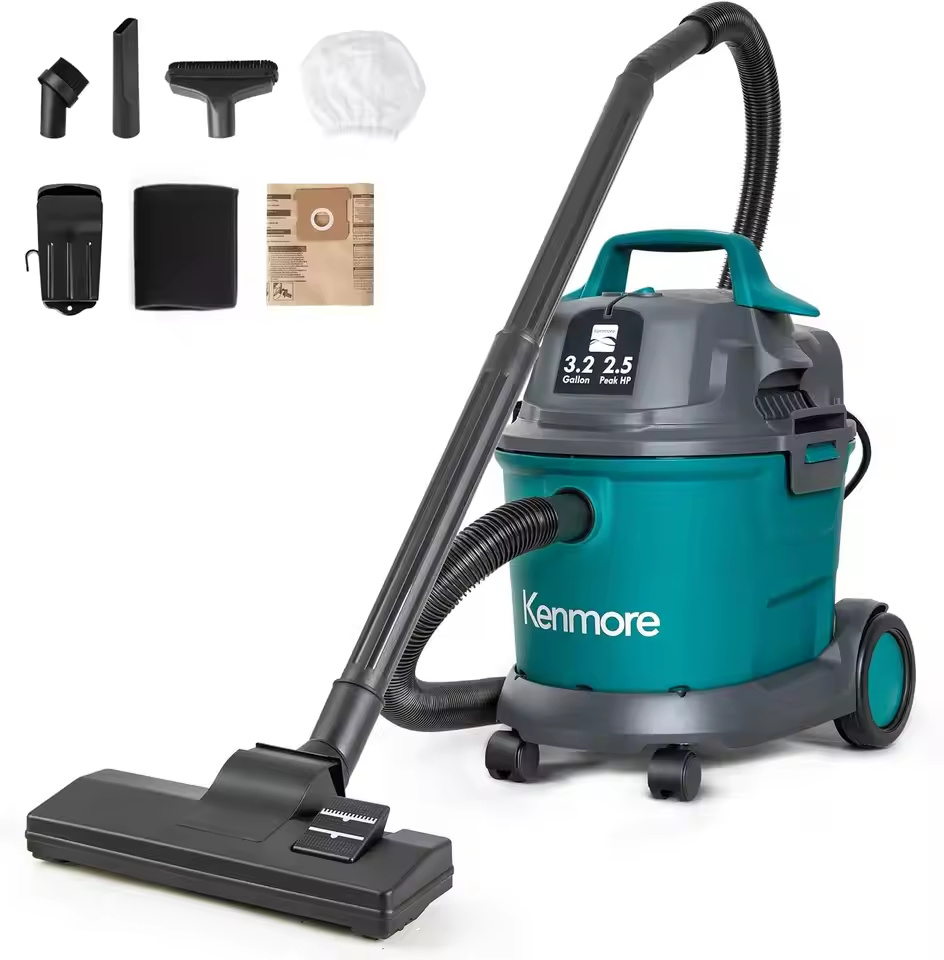 Benefits of Using a Wet and Dry Vacuum in Your Home or Business
Benefits of Using a Wet and Dry Vacuum in Your Home or Business
Integrating a wet and dry vacuum cleaner into your cleaning arsenal offers numerous advantages. Here are some key benefits of employing one of these tools either at home or in a business environment:
Versatility: This is the standout benefit. A wet and dry vacuum cleaner deals with dust, debris, and liquids, all with the same device.
Time-Saving: Cleaning up spills and dry waste no longer requires multiple tools. You save time switching between devices.
Cost-Effective: Rather than buying separate machines for wet and dry cleaning, this all-in-one solution is more budget-friendly.
Improved Hygiene: These vacuums capture various allergens and particles, leading to a cleaner, healthier environment.
Convenience: The large bins in these vacuums mean fewer trips to the trash can, simplifying the cleaning process.
Efficiency: With their powerful suction, wet and dry vacuum cleaners make quick work of heavy and wet messes that would otherwise be labor-intensive.
Durable: Built to handle tough conditions, these machines tend to last longer than standard vacuum cleaners. Businesses especially appreciate this longevity.
Safety: By swiftly handling liquid messes, these vacuums help prevent slips and falls, enhancing safety in any space.
Owning a wet and dry vacuum cleaner is not just about cleaning up; it’s about investing in an appliance that makes maintaining spaces easier and more effective. Whether it’s for home use where spills and debris are common or in a workshop setting where various types of waste exist, this machine stands as a critical component for a tidy and well-maintained environment.
How to Choose the Right Wet and Dry Vacuum Cleaner for Your Needs
Choosing the right wet and dry vacuum cleaner is important for your cleaning routine. To pick the best one, consider a few key factors. First, think about the size of your space. Larger areas may need vacuums with bigger bins and longer hoses. For smaller spaces, a compact model should do just fine.
Next, look at the power. Check the wattage to gauge how strong the suction is. Higher power usually means better performance, but it might use more electricity. Then, consider the filter system. Go for a vacuum with a high-quality filter, especially if you have allergies. Some filters are also washable, saving you money in the long run.
Portability can also be crucial. If you need to move around a lot, choose a vacuum with wheels and a comfortable handle. Additionally, think about the noise level. Some models are quieter than others. If noise is a concern, look for low-decibel models.
Finally, think about the attachments that come with the vacuum. Make sure they fit the tasks you plan to do. Different nozzles and brushes can make cleaning more efficient. Count how many and what types of attachments are included. A good range can help you tackle various messes with ease.
Keeping these points in mind will help you find the wet and dry vacuum cleaner that best suits your needs.
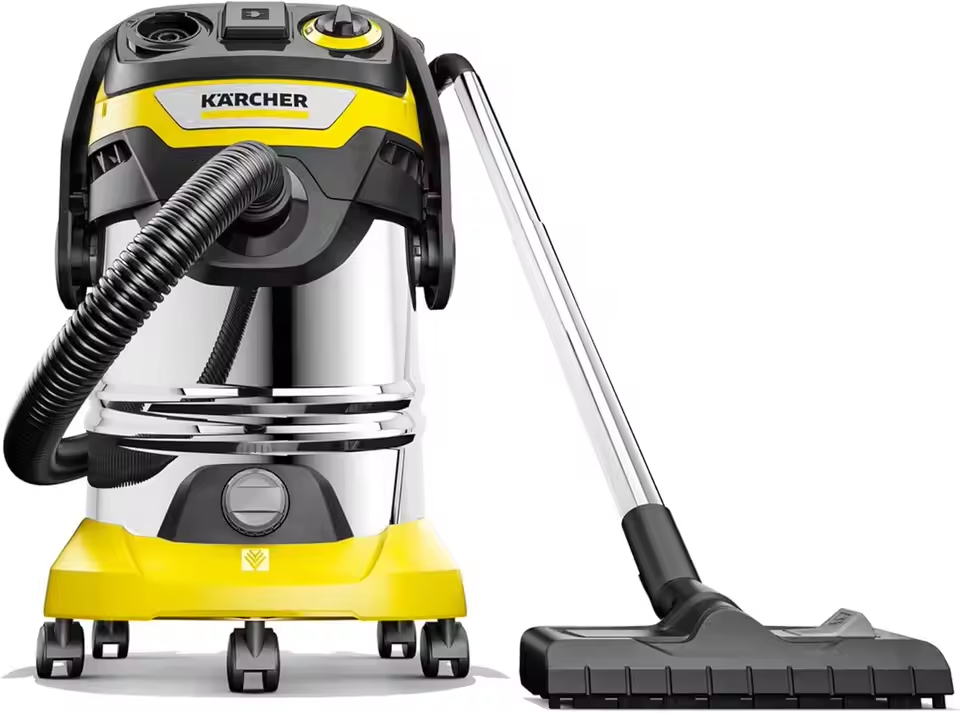 Best Practices for Maintaining Your Wet and Dry Vacuum
Best Practices for Maintaining Your Wet and Dry Vacuum
To keep your wet and dry vacuum cleaner running smoothly, regular maintenance is key. Here’s how you can ensure its longevity and efficiency:
Regular Filter Checks: Always check the filter after use. Clean or replace it if it’s dirty or damaged.
Bin Cleaning: After vacuuming liquids, rinse the bin with water. For dry debris, empty and wipe it down.
Hose Inspections: Look for blockages or damage in the hose. Clear any clogs and repair or replace if needed.
Seal and Gasket Care: These should be intact and flexible. If they are worn, replace them to prevent leaks.
Motor and Airflow: Listen for unusual sounds from the motor. Also, ensure proper airflow by keeping vents clear.
Attachment Maintenance: Wash and dry attachments after dealing with wet messes. Brush off any trapped debris from dry use.
Storage: Store your vacuum in a dry, cool place. Avoid leaving it where it can be bumped or knocked over.
By following these simple practices, your wet and dry vacuum cleaner will remain a reliable cleaning tool for years.
Safety Tips for Operating Wet and Dry Vacuum Cleaners
Using wet and dry vacuum cleaners safely is key to avoid accidents. Follow these essential safety tips to ensure a risk-free operation:
Read the Manual: Before using your vacuum cleaner, always read the manual. It provides critical instructions and safety information.
Check the Plugs and Cords: Inspect the power cord and plug for any damage before plugging it in. A damaged cord can be a hazard.
Don’t Overfill: Keep an eye on the fill level, especially when vacuuming liquids. Do not exceed the max fill line to prevent overflow and motor damage.
Wear Protective Gear: If you’re dealing with hazardous materials, wear gloves and a mask. Protecting yourself is as important as cleaning up.
Avoid Electrical Hazards: Never use a wet vacuum cleaner near live electrical equipment. Water conducts electricity, posing a severe risk.
Do Not Vacuum Flammable Liquids: Wet and dry vacuum cleaners are not meant for flammable or combustible liquids. This can cause fires or explosions.
Empty and Clean Regularly: Empty the bin and clean the filters after each use. This prevents buildup and maintains performance.
Handle with Care: Carry and maneuver the vacuum carefully. Rapid movements can cause spills or damage to the machine.
Secure the Hose: Make sure the hose is securely attached. A loose hose can whip around and cause injury.
Unplug After Use: Always unplug the vacuum when you’re done. This prevents unintentional starts or electrical issues.
By adhering to these safety tips, you can efficiently and safely make the most of your wet and dry vacuum cleaner in any situation.
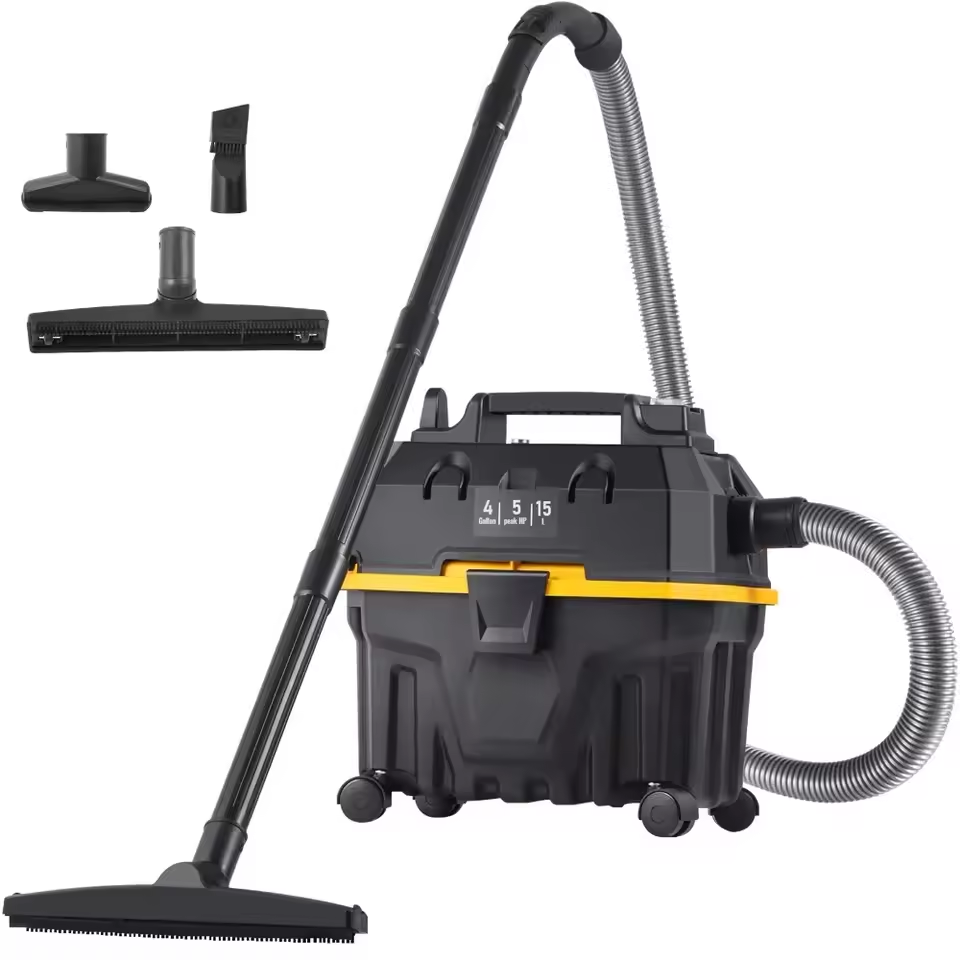 Comparative Analysis: Wet and Dry Vacuums vs. Traditional Vacuums
Comparative Analysis: Wet and Dry Vacuums vs. Traditional Vacuums
When considering what is a wet and dry vacuum cleaner, it’s important to understand how it compares to traditional vacuums. Here is a comparative analysis of the two:
Design Difference: Wet and dry vacuums are built to handle liquids and solids. Traditional vacuums can only pick up dry materials.
Motor Strength: Wet and dry vacuums have stronger motors. This allows them to suck up heavy debris and water. Regular vacuums have less suction power.
Filter System: The filters in wet and dry vacuums can manage both wet and dry waste. Traditional ones need a different setup to deal with moisture, which they generally lack.
Bin Capacity: Bins in wet and dry vacuums are larger. This means you can clean more before needing to empty it. In contrast, regular vacuums often have smaller dust containers.
Material Build: Wet and dry vacuums are made with corrosion-resistant materials. Regular vacuums may not withstand wet conditions as well.
Versatility: Wet and dry vacuums can clean a variety of messes with one tool. Traditional vacuums require extra tools for wet spills.
Safety Mechanisms: Wet and dry vacuums have a float valve for liquid overfill protection. Regular vacuums usually don’t have such safety features for dealing with liquids.
Accessory Range: Wet and dry vacuums come with attachments suited for different mess types. Traditional vacuums often have a more limited selection of tools.
By now, the benefits and versatility of wet and dry vacuum cleaners should be clear. They offer superior performance over traditional models, particularly in environments where both wet and dry waste occur. When choosing your next vacuum, keep these comparisons in mind to make an informed decision.

